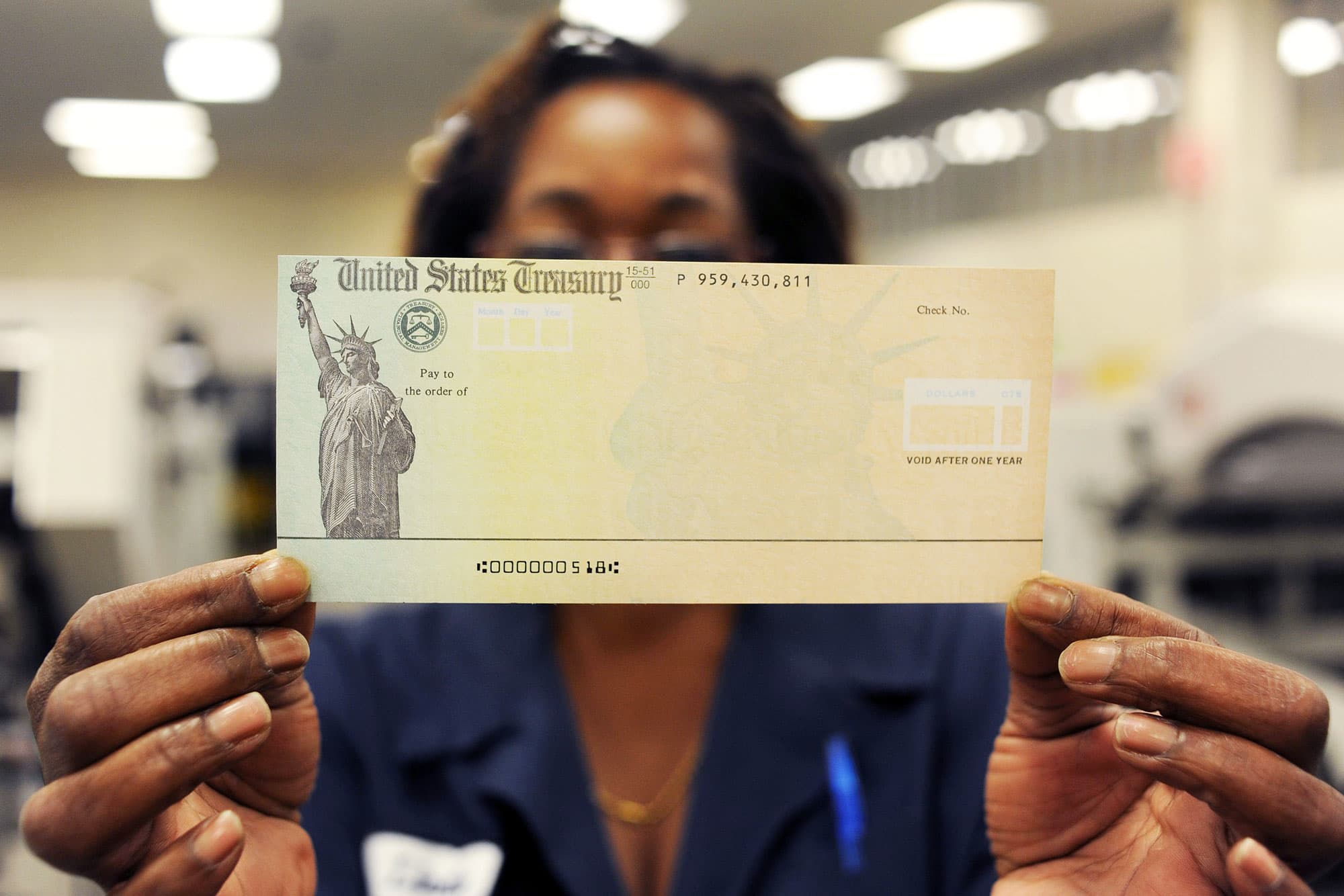
Getty Images
It’s no secret that many people worry whether Social Security will be there for them when they retire.
And recent headlines could be stoking those fears.
Last week, the Social Security Administration announced the annual cost-of-living adjustment will be 1.3% in 2021.
The change will amount to just $20 more per month for a retiree who now receives $1,523 per month.
More from FA Playbook:
How workplace benefits reflect the new reality of Covid-19
Op-ed: How the widening wealth gap became color-blind
2020 may tempt people to throw out their long-term plans
Meanwhile, the Covid-19 pandemic is expected to further reduce the trust funds which supports those benefit payments.
The Social Security Administration’s most recent estimates indicate those funds will be depleted in 2035, at which point just 79% of promised benefits will be payable. That timeline could be accelerated now that millions are unemployed and no longer paying Social Security payroll taxes.
For financial advisors, now is the time to educate clients about what those headlines really mean and help them safeguard their retirement plans.
It still pays to wait
People’s concerns about the program’s future, or even their own work prospects, could tempt them to take their retirement benefits as early as possible at age 62.
But by taking benefits early, they sign up for a lifetime of lower monthly payments.
It pays to wait. Those who delay until their full retirement age — 66 or 67, depending on the year in which they were born — will get 100% of the benefits they earned. For every year they wait after that, up to age 70, they stand to get 8% more.
“In this zero interest rate environment that we’re living in right now, the value of delaying benefits and getting 8% per year for every year you postpone your benefits between your full retirement age and 70 is huge,” Mary Beth Franklin, a Social Security benefits expert said Tuesday at CNBC’s Financial Advisor Summit.
The one caveat: You have to be healthy enough and wealthy enough to delay, Franklin said.
Congress could step in
zimmytws | iStock | Getty Images
Last week, two Democratic congressman – Reps. Peter DeFazio, D-Ore., and John Larson, D-Conn. – came up with a bill to replace next year’s 1.3% increase with an emergency 3% COLA.
The lawmakers are hoping to have the proposal included in current stimulus talks.
“We hope that it will become part of the negotiations that are ongoing,” DeFazio told CNBC last week.
If that change is not possible now, it could be revisited in January with a new Congress, Franklin said.
“Depending on who controls the Senate and who controls the White House, you may see this reintroduced in January,” Franklin said. “Depending where the politics lie, it may have a chance.”
Proposals are also on the table to restore the program’s solvency. Democrats in Congress have put forward plans aimed at getting the program back on track. Democratic presidential nominee Joe Biden also has a proposal to shore up the system.
It’s likely Congress will make fixes before any significant benefit reductions kick in, Franklin said.
Planning considerations
kate_sept2004
When sitting down with clients, advisors can start by reassuring them their Social Security benefits aren’t going to disappear.
Younger people, however, may see changes from the amount on their current estimated benefits statements, Franklin said. For older clients, benefits will likely stay the same.
Notably, Social Security estimates don’t include cost-of-living adjustments.
Financial advisors might want to do the same when factoring those monthly checks into an overall retirement income plan.
“A lot of people prefer to use zero,” said Steve Zuschin, executive vice president at LifeYield, a provider of retirement income software. “They say, Hey, we’re just going to bring it back to present dollars.
We don’t know the change is going to be.'”
For those already collecting Social Security, next year’s 1.3% COLA may feel like a meager increase.
However, it’s also a reminder of the power of delaying benefits, said Joe Elsasser, founder and president of Covisum, Social Security claiming software company.
Take a high wage earner who would receive $2,600 per month if they claimed at full retirement age. If they instead claim early at 62, a 1.3% COLA on their $1,950 benefit would be $25.
On the other hand, if they waited to claim until 70, their $3,300 monthly check would see a $43 per month raise.
“COLA when it’s applied to a bigger benefit is a bigger increase,” Elsasser said.




